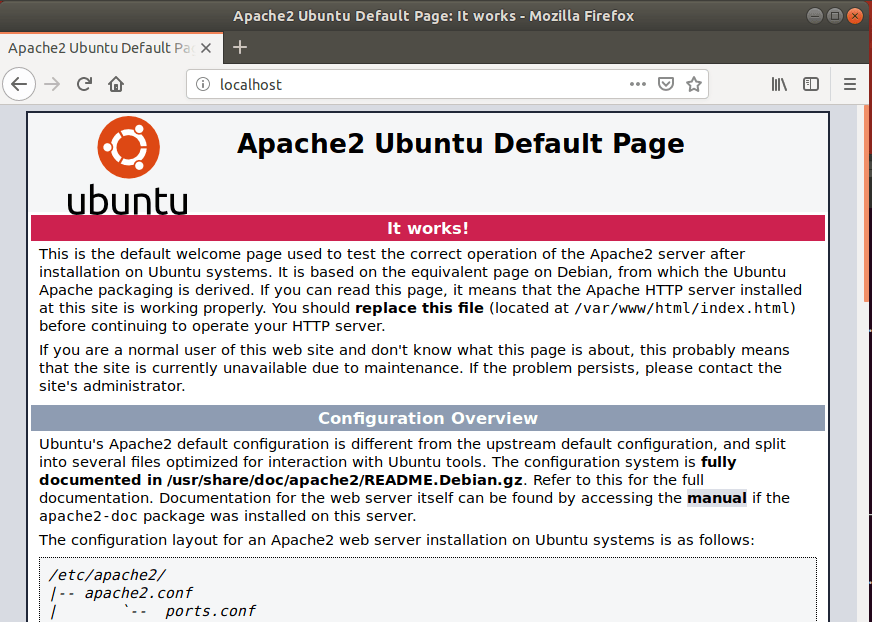This brief tutorial shows students and new users how to install the RainLoop webmail client on Ubuntu with Apache2 and PHP 7.2 support. With no database required, RainLoop comes with decent performance, simple installation and upgrade and support for IMAP and SMTP protocols (SSL, STARTTLS), sieve scripts support, and integration with Facebook, Google, Twitter, Dropbox, and many more. For more about RainLoop, please check out its homepage. Some highlights of RainLoop:
Modern user interface. Complete support of IMAP and SMTP protocols including SSL and STARTTLS. Sieve scripts (Filters and vacation message). Minimalistic resources requirements. Direct access to mail server is used (mails are not stored locally on web server). Allows for adding multiple accounts to primary one, simultaneous access to different accounts in different browser tabs is supported. Additional identities.
When you’re ready to get RainLoop installed on Ubuntu, follow the steps below:
Install Apache2 HTTP Server
Apache2 HTTP Server is the most popular web server in use. so install it, since RainLoop needs it. To install Apache2 HTTP on the Ubuntu server, run the commands below. After installing Apache2, the commands below can be used to stop, start and enable the Apache2 service to always start up with the server boots. To test whether Apache2 is installed, open your browser and browse to the server hostname or IP address. When you see that, then Apache2 is working as expected.
Install PHP 7.2 and Related Modules
PHP 7.2 may not be available in Ubuntu default repositories. to install it, you will have to get it from third-party repositories. Run the commands below to add the below third party repository to upgrade to PHP 7.2 Then update and upgrade to PHP 7.2 Next, run the commands below to install PHP 7.2 and related modules. After installing PHP 7.2, run the commands below to open the PHP default config file for Apache2. Then make the changes on the following lines below in the file and save. The value below is a great setting to apply in your environment. After making the change above, save the file and close it. After installing PHP and related modules, all you have to do is restart Apache2 to reload PHP configurations. To restart Apache2, run the commands below To test PHP 7.2 settings with Apache2, create a phpinfo.php file in the Apache2 root directory by running the commands below Then type the content below and save the file. Save the file. then browse to your server hostname followed by /phpinfo.php You should see the PHP default test page.
Download and Configure RainLoop
Now that Apache2 and PHP 7.2 are installed, use the steps below to download and configure the RainLoop environment on Ubuntu servers. First, use the commands below to download the latest version. After that create the RainLoop directory and extract the download content there. Next, configure the directory access permission for Apache2. When you’re done, run the commands below to create a rain loop Apache2 configuration file. Then copy and paste the content below into the file and save it. Save the file and exit. Next, run the commands below to enable RainLoop virtual host and restart Apache2. Finally, open your web browser and browse the server name to access the back-end portal. The default username and password: admin and password 12345 Log in and begin configuring RainLoop Congratulations! You have successfully installed and configured RainLoop on Ubuntu 16.04 | 18.04 with Apache2 and PHP 7.2. You may also like the post below:

